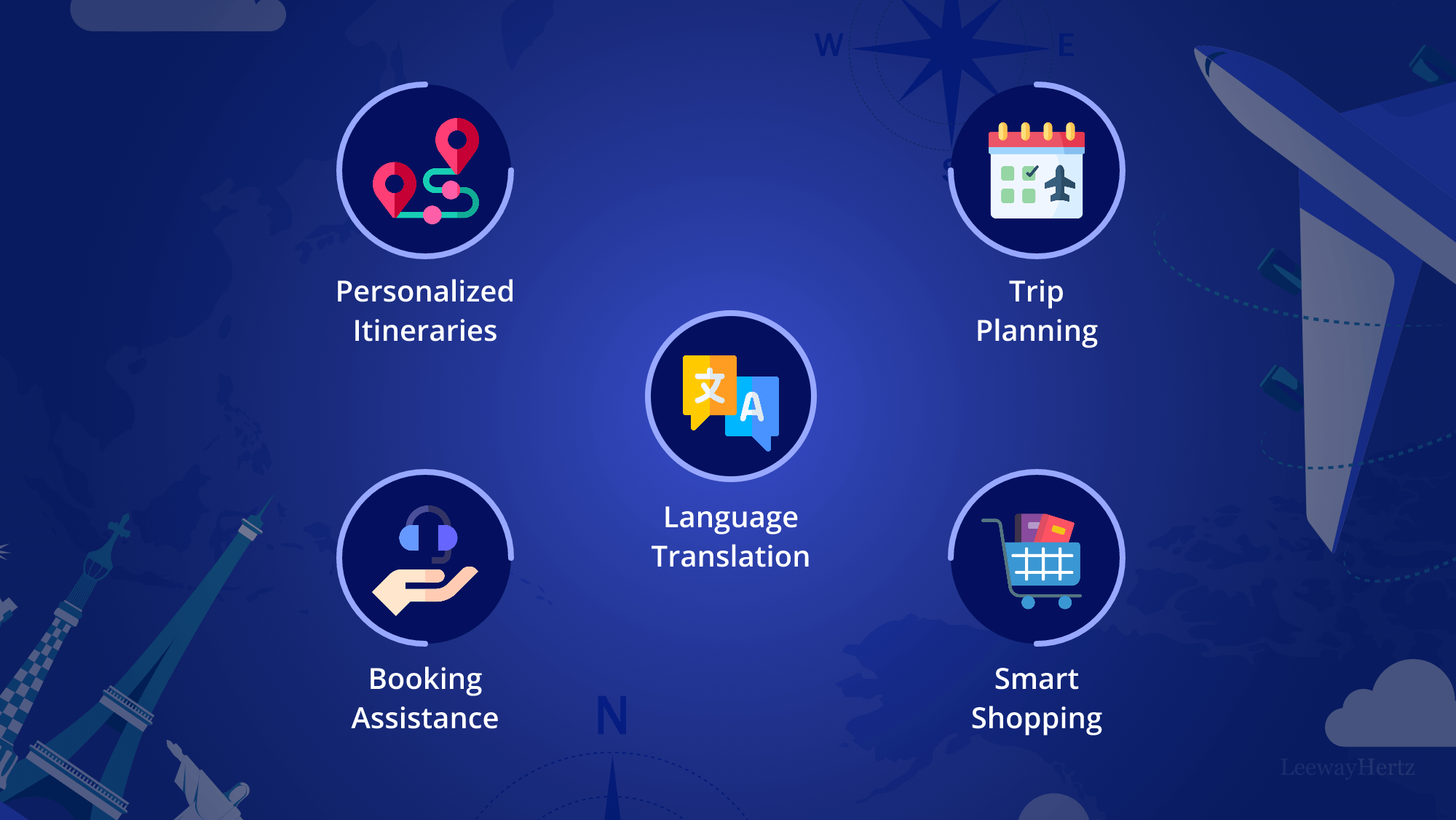In a world where data reigns supreme, the ascent of generative AI is reshaping the landscape of data management, promising to revolutionize the way IT teams navigate the vast oceans of machine-generated information. As the volume of global data skyrockets, enterprises grapple with the complexities of making sense of this digital gold. Enter generative AI, a technological marvel poised to simplify the journey from overwhelming data piles to actionable insights.
Generative AI’s response to the cryptic data challenge
Generative AI steps into the spotlight against the backdrop of an impending data deluge. Deloitte’s projections paint a picture of a world drowning in 175 zettabytes of data by 2025, presenting a daunting challenge for IT leaders. The crux of the issue lies in the cryptic nature of machine-generated data, where deciphering acronyms, codes, and numbers resembles solving a puzzle without a guide. These knowledge gaps, often leading IT teams to resort to time-consuming web searches, beg the question: How can generative AI transform this intricate data puzzle into a comprehensible narrative?
Generative AI, synonymous with simplification, emerges as the beacon of hope in the face of overwhelming data complexity. The key lies in strategic implementation, seamlessly integrating generative AI into enterprise workflows. The goal is clear: to reduce toil for IT professionals without adding an extra layer of complexity. Context becomes the linchpin; without it, generative AI is akin to an archive without an index. Armed with context, generative AI becomes a swift navigator, filling knowledge gaps in minutes, sifting through zettabytes in seconds, and providing essential information for IT and operations teams.
Generative AI in action – Real-world impact
The impact of generative AI extends beyond theoretical promises, finding practical applications in diverse industries. In the realm of healthcare compliance, where the stakes are high, generative AI becomes the ally of IT teams navigating the intricacies of sensitive information under regulations like HIPAA. The ability to transform vague compliance tags into human-readable narratives showcases the power of generative AI in turning the unknown into actionable insights.
Transportation systems provide another compelling use case, where machine-generated data, laden with flight codes and airport identifiers, often confounds developers. Generative AI steps in, converting these cryptic elements into a language anyone can understand, facilitating the construction of more user-friendly systems. What once took hours of manual search engine queries is now accomplished in a fraction of the time, empowering enterprises with self-service access to complex systems.
As generative AI continues its rapid evolution, enterprises grapple with the best ways to implement it into their data management systems. At Apica, a recent rollout of a generative AI assistant reflects the growing recognition of the need to streamline the management of massive data influxes. The chief strategy officer, Ranjan Parthasarathy, emphasizes that while generative AI assistants may currently lead the way, the landscape is dynamic. One certainty is that generative AI will not replace humans but will undoubtedly eradicate human toil, heralding a new era in data management.
Generative AI’s role in the next frontier of data management
As we witness the transformative power of generative AI in reshaping the data journey, one cannot help but wonder about the uncharted territories this technology will conquer next. How will generative AI continue to evolve, and what unforeseen challenges and opportunities will it bring? The journey has just begun, and as we navigate this uncharted terrain, one thing remains clear—generative AI is not merely a tool; it is a catalyst for a data revolution, propelling us into a future where the once insurmountable peaks of complex machine-generated data become navigable foothills. How will enterprises adapt to this new reality, and what role will generative AI play in shaping the future of data management?


